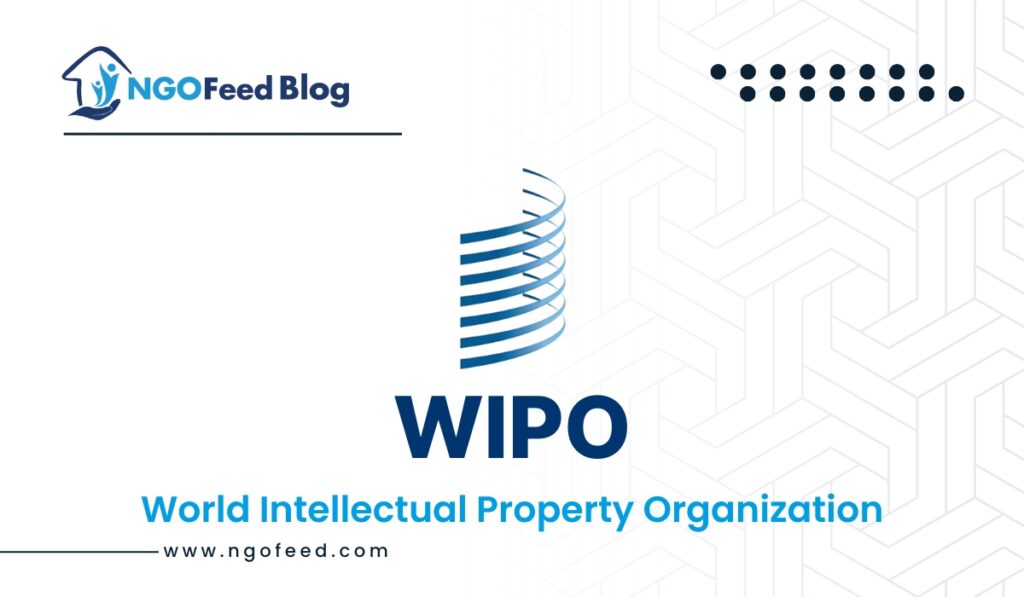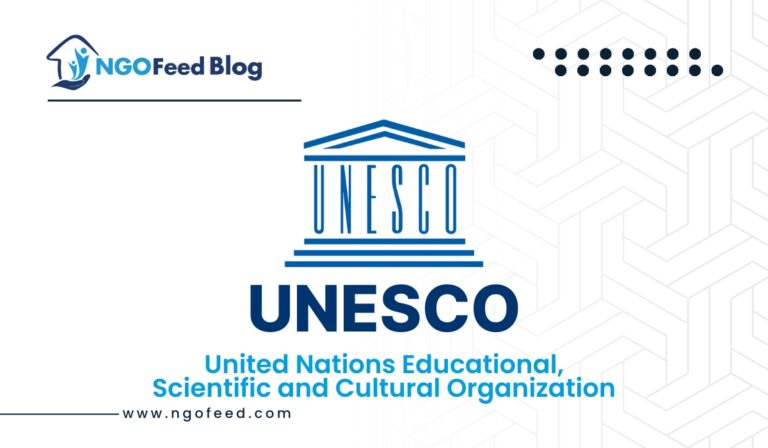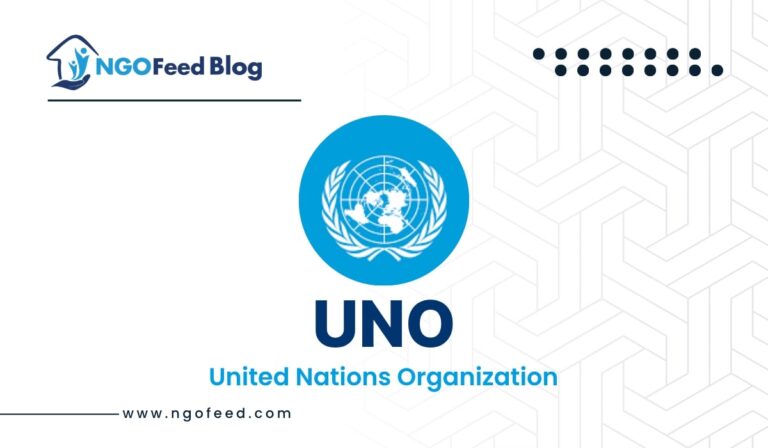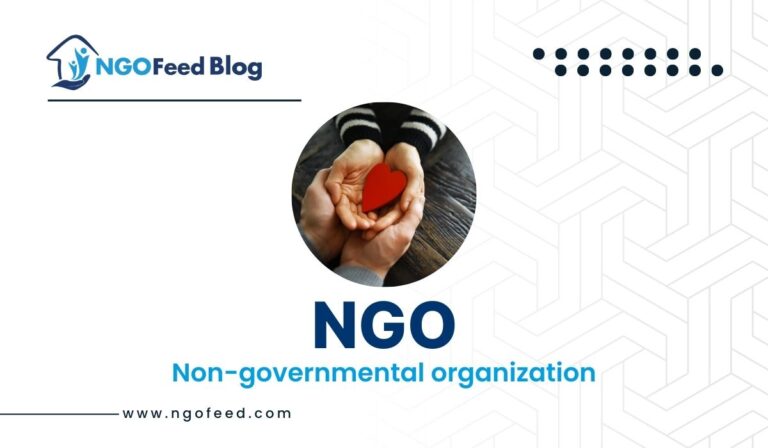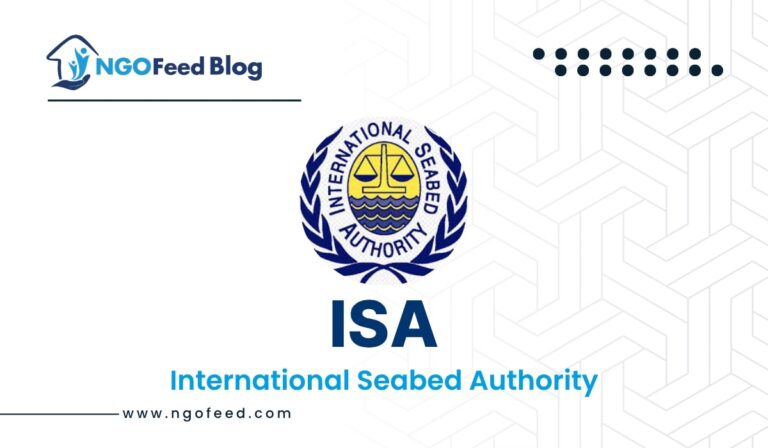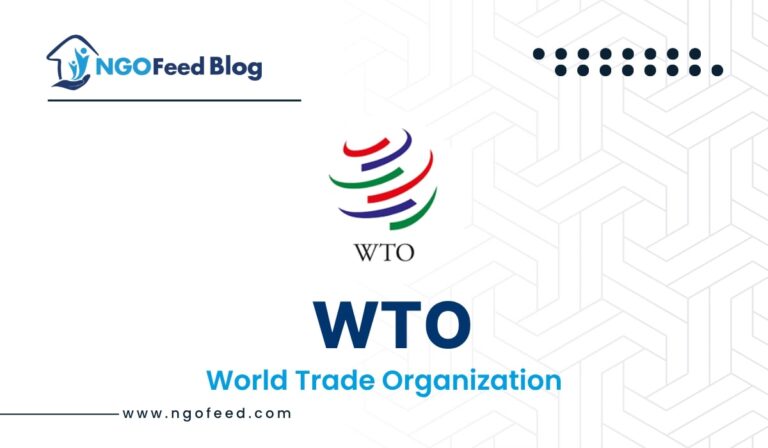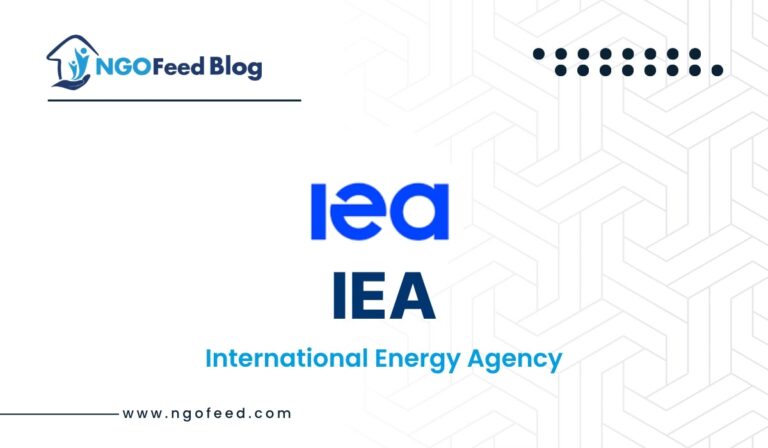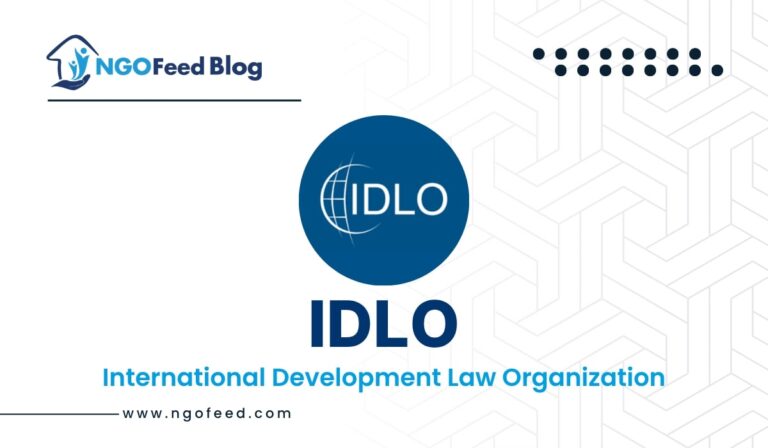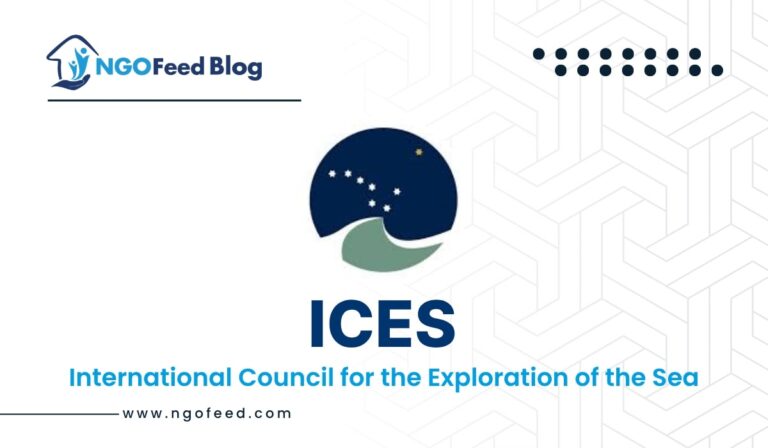WIPO Full Form: World Intellectual Property Organization (WIPO) is a specialized agency of the United Nations (UN) dedicated to encouraging creative activity to promote intellectual property protection worldwide. WIPO commenced on 26 April 1970 when the convention entered into force. WIPO’s complete form is World Intellectual Property Organization. WIPO is Headquartered in Geneva, Switzerland. It currently has 193 member states, including 190 UN member states.
According to the 1967 Convention Establishing the World Intellectual Property Organization, WIPO was designed to support and protect the world’s intellectual property (IP) by contributing to countries and worldwide organizations. Throughout this article, we provide detailed information about the WIPO full form, project, objective, history, work etc.
Table of Contents
WIPO Overview
Here in this section, we provide a short overview of (the International Civil Aviation Organization). Let’s have a look.
| WIPO | World Intellectual Property Organization |
| Headquarters | Geneva, Switzerland |
| Formation | 14 July 1967 |
| Head | Daren Tang |
| Parent organization | United Nations Economic and Social Council |
| Type | United Nations specialized agency |
| Status | Active |
| Member | 193 |
| Website | https://www.wipo.int/portal/en/index.html |
What is WIPO?
WIPO is the global forum for intellectual property (IP) services, policy, information, and collaboration. We are a self-sustaining United Nations agency with 193 member states. The mission of WIPO is to lead the development of a balanced and effective international intellectual property system that promotes innovation and creativity for the benefit of all. The WIPO Convention established WIPO in 1967, specifies its mandate, governing bodies, and procedures.
History of WIPO
The history of WIPO is as follows.
| 1883 | Paris Convention for the Protection of Industrial Property |
| 1886 | Berne Convention for the Protection of Literary and Artistic Works |
| 1891 | Madrid Agreement Concerning the International Registration of Marks |
Read also:
WIPO Programs
Below have mentioned WIPO four programs cover a rich portfolio of both general and specific programs on IP and cater to various target audiences:
- Policymakers and government officials
- Inventors and creators
- Business managers and IP professionals
- Small and medium-sized enterprises (SMEs) and entrepreneurs
- Students and teachers of IP
- Civil society
Functions of WIPO
The World Intellectual Property Organization (WIPO) was founded to perform the following tasks:
- To aid in developing campaigns that improve IP protection worldwide and keep national laws in sync.
- Signing international agreements to protect intellectual property rights (IPR).
- To carry out administrative functions agreed upon by the Berne and Paris Unions.
- To provide legal and technical assistance in the field of intellectual property.
- To conduct research, publish the findings, and collect and disseminate information.
- To ensure the provision of services that aid in the protection of international intellectual property.
- Other appropriate and necessary actions must be taken.
What does WIPO do?
- WIPO collaborates with IP offices, users, and other stakeholders to create shared IP tools, services, standards, databases, and platforms.
- This technical infrastructure is intended to assist IP institutions in more effectively collaborating and providing more efficient services to their users. It also allows innovators and information seekers worldwide free access to the IP system’s knowledge.
- WIPO builds human capacity across intellectual property (IP) rights, including patents, trademarks, industrial designs, geographical indications, and copyright.
- Training is provided through in-depth programmes offered by the WIPO Academy or through customised technical workshops.
Funding of WIPO
- Member state contributions
- Fees for services (e.g., registering patents, trademarks, industrial designs, dispute resolution)
- Voluntary contributions from non-member states
- Voluntary contributions from international organizations
- Voluntary contributions from private sector entities
Sectors and divisions of WIPO
- Economics and Statistics Division: Gathers global IP data, and conducts economic analysis.
- Infrastructure and Platforms Sector: Develops and maintains databases, tools, and platforms for IP stakeholders, and integrates frontier technologies.
- Diplomatic Engagement and Assemblies Affairs Division: Engages with the diplomatic community, and oversees key meetings and protocol services.
- Traditional Knowledge Division: Manages WIPO’s initiatives on traditional knowledge, genetic resources, and cultural expressions, and facilitates multilateral negotiations.
Participation of India in WIPO
As shown in the table below, India is a signatory to several WIPO conventions and treaties, and India has recently joined the WIPO conventions listed below. The accession highlights India’s multilateral solid engagement with the World Intellectual Property Organization (WIPO), as well as India’s intent to establish a robust regime for IP protection.
| Treaty | Signature | Instrument | In Force |
|---|---|---|---|
| Budapest Treaty | Accession: September 17, 2001 | December 17, 2001 | |
| Locarno Agreement | Accession: June 7, 2019 | September 7, 2019 | |
| Budapest Treaty | Accession: September 17, 2001 | December 17, 2001 | |
| Madrid Protocol | Accession: April 8, 2013 | July 8, 2013 | |
| Marrakesh VIP Treaty | April 30, 2014 | Ratification: June 24, 2014 | September 30, 2016 |
| Nairobi Treaty | June 30, 1983 | Ratification: September 19, 1983 | October 19, 1983 |
| Nice Agreement | Accession: June 7, 2019 | September 7, 2019 | |
| Paris Convention | Accession: September 7, 1998 | December 7, 1998 | |
| Patent Cooperation Treaty | Accession: September 7, 1998 | December 7, 1998 | |
| Phonograms Convention | October 29, 1971 | Ratification: November 1, 1974 | February 12, 1975 |
| Vienna Agreement | Accession: June 7, 2019 | September 7, 2019 | |
| WIPO Convention | Accession: January 31, 1975 | May 1, 1975 | |
| WIPO Copyright Treaty | Accession: September 25, 2018 | December 25, 2018 | |
| WIPO Performances and Phonograms Treaty | Accession: September 25, 2018 | December 25, 2018 |
Read also:
| IRRI Full Form | ILRI Full Form |
| CIMMYT Full Form | IITA Full Form |
| NPO Full Form | ICRISAT Full Form |
| IFPRI Full Form | ICTY Full Form |
Conclusion
The World Intellectual Property Organization (WIPO) is one of the most important organizations in the world that works to promote creation and invention. WIPO’s many programs and initiatives make it easier to protect and handle intellectual property rights. These programs and initiatives help governments, companies, creators, and scientists all. The World Intellectual Property Organization (WIPO) works with many different groups to make sure that the international intellectual property system is fair and works well. Its work on building up people’s skills, giving technical help, and making new rules shows that it wants to encourage innovation for everyone’s gain. WIPO is still very important for shaping the world’s intellectual property environment, which is what makes progress and wealth possible.
Frequently Asked Questions (FAQs)
What is the Full form of WIPO?
The full form of the WIPO World Intellectual Property Organization.
Is India a member of WIPO?
The World Intellectual Property Organization (WIPO) is a specialized agency of the United Nations with 193 member states.
Which countries are not in WIPO?
Non-members are Kosovo, Federated States of Micronesia, Palau, South Sudan, and the states with limited recognition.

